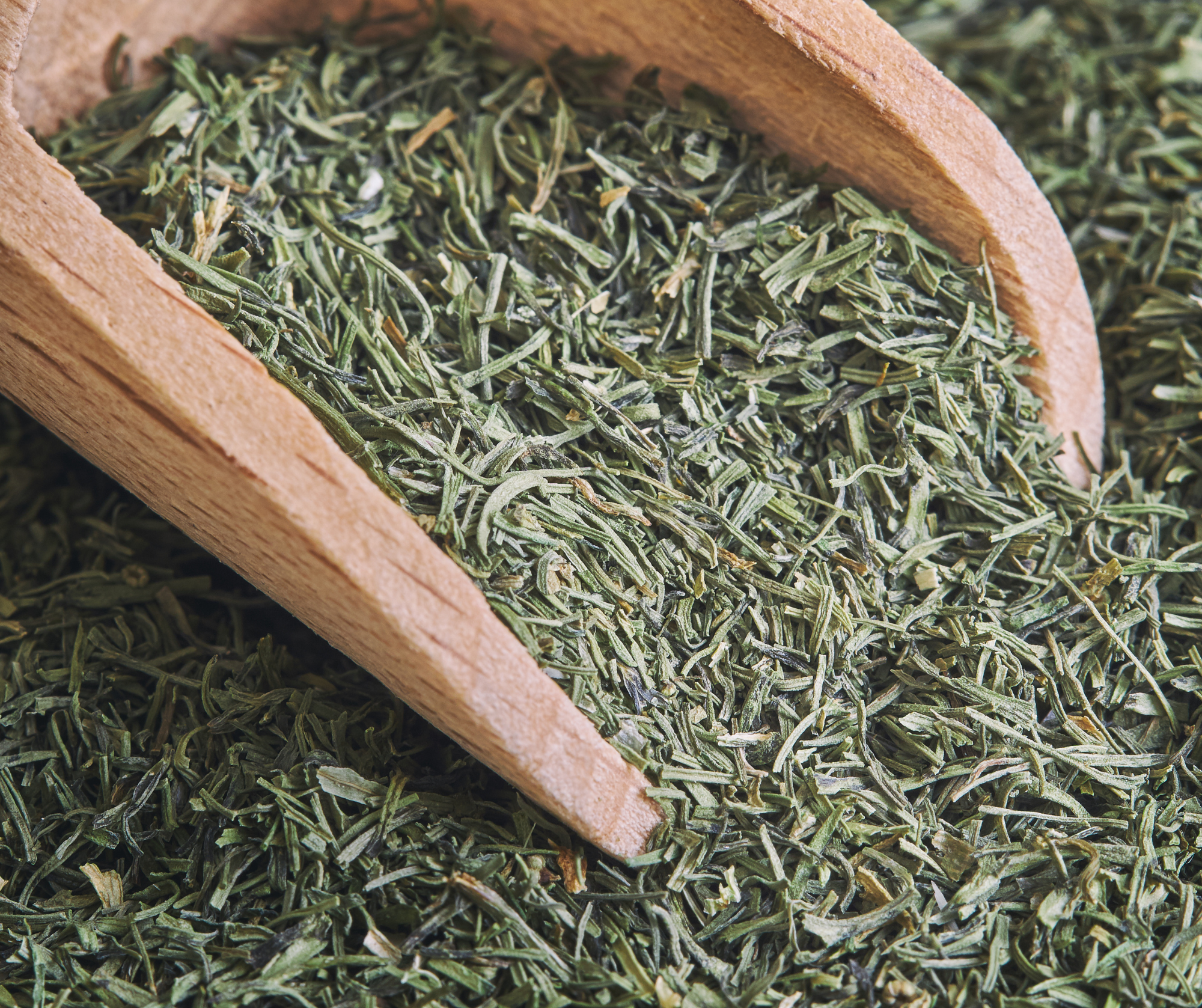Dill Weed 2.5 oz
Dill weed leaves, also known simply as dill, are highly aromatic and have a fresh, herbal flavor with a hint of anise. They are commonly used as a culinary herb to add flavor and aroma to a variety of dishes. Here are some common uses for dill weed leaves:
Seasoning for Fish: Dill pairs exceptionally well with fish and seafood. Fresh dill leaves can be used to season grilled, baked, or poached fish. They can be sprinkled on top of fillets or used as a stuffing for whole fish.
Pickling: Dill is a classic ingredient in pickling recipes, especially for cucumbers to make dill pickles. Fresh dill leaves are often included in the pickling brine to impart their distinctive flavor.
Salads: Dill leaves can be chopped and added to salads for a burst of fresh flavor. They work well in green salads, potato salads, egg salads, and pasta salads.
Coleslaw: Dill can be used in coleslaw recipes to provide a bright and herbaceous note. It pairs nicely with the cabbage and carrots in coleslaw.
Potato Dishes: Dill complements the flavor of potatoes, making it a great addition to potato dishes. You can use it in potato salads, mashed potatoes, and roasted potatoes.
Creamy Sauces and Dressings: Dill leaves are often used in creamy sauces and dressings, particularly for dishes like salmon. They add a fresh and tangy flavor to these preparations.
Dill weed leaves, also known simply as dill, are highly aromatic and have a fresh, herbal flavor with a hint of anise. They are commonly used as a culinary herb to add flavor and aroma to a variety of dishes. Here are some common uses for dill weed leaves:
Seasoning for Fish: Dill pairs exceptionally well with fish and seafood. Fresh dill leaves can be used to season grilled, baked, or poached fish. They can be sprinkled on top of fillets or used as a stuffing for whole fish.
Pickling: Dill is a classic ingredient in pickling recipes, especially for cucumbers to make dill pickles. Fresh dill leaves are often included in the pickling brine to impart their distinctive flavor.
Salads: Dill leaves can be chopped and added to salads for a burst of fresh flavor. They work well in green salads, potato salads, egg salads, and pasta salads.
Coleslaw: Dill can be used in coleslaw recipes to provide a bright and herbaceous note. It pairs nicely with the cabbage and carrots in coleslaw.
Potato Dishes: Dill complements the flavor of potatoes, making it a great addition to potato dishes. You can use it in potato salads, mashed potatoes, and roasted potatoes.
Creamy Sauces and Dressings: Dill leaves are often used in creamy sauces and dressings, particularly for dishes like salmon. They add a fresh and tangy flavor to these preparations.
Dill weed leaves, also known simply as dill, are highly aromatic and have a fresh, herbal flavor with a hint of anise. They are commonly used as a culinary herb to add flavor and aroma to a variety of dishes. Here are some common uses for dill weed leaves:
Seasoning for Fish: Dill pairs exceptionally well with fish and seafood. Fresh dill leaves can be used to season grilled, baked, or poached fish. They can be sprinkled on top of fillets or used as a stuffing for whole fish.
Pickling: Dill is a classic ingredient in pickling recipes, especially for cucumbers to make dill pickles. Fresh dill leaves are often included in the pickling brine to impart their distinctive flavor.
Salads: Dill leaves can be chopped and added to salads for a burst of fresh flavor. They work well in green salads, potato salads, egg salads, and pasta salads.
Coleslaw: Dill can be used in coleslaw recipes to provide a bright and herbaceous note. It pairs nicely with the cabbage and carrots in coleslaw.
Potato Dishes: Dill complements the flavor of potatoes, making it a great addition to potato dishes. You can use it in potato salads, mashed potatoes, and roasted potatoes.
Creamy Sauces and Dressings: Dill leaves are often used in creamy sauces and dressings, particularly for dishes like salmon. They add a fresh and tangy flavor to these preparations.

